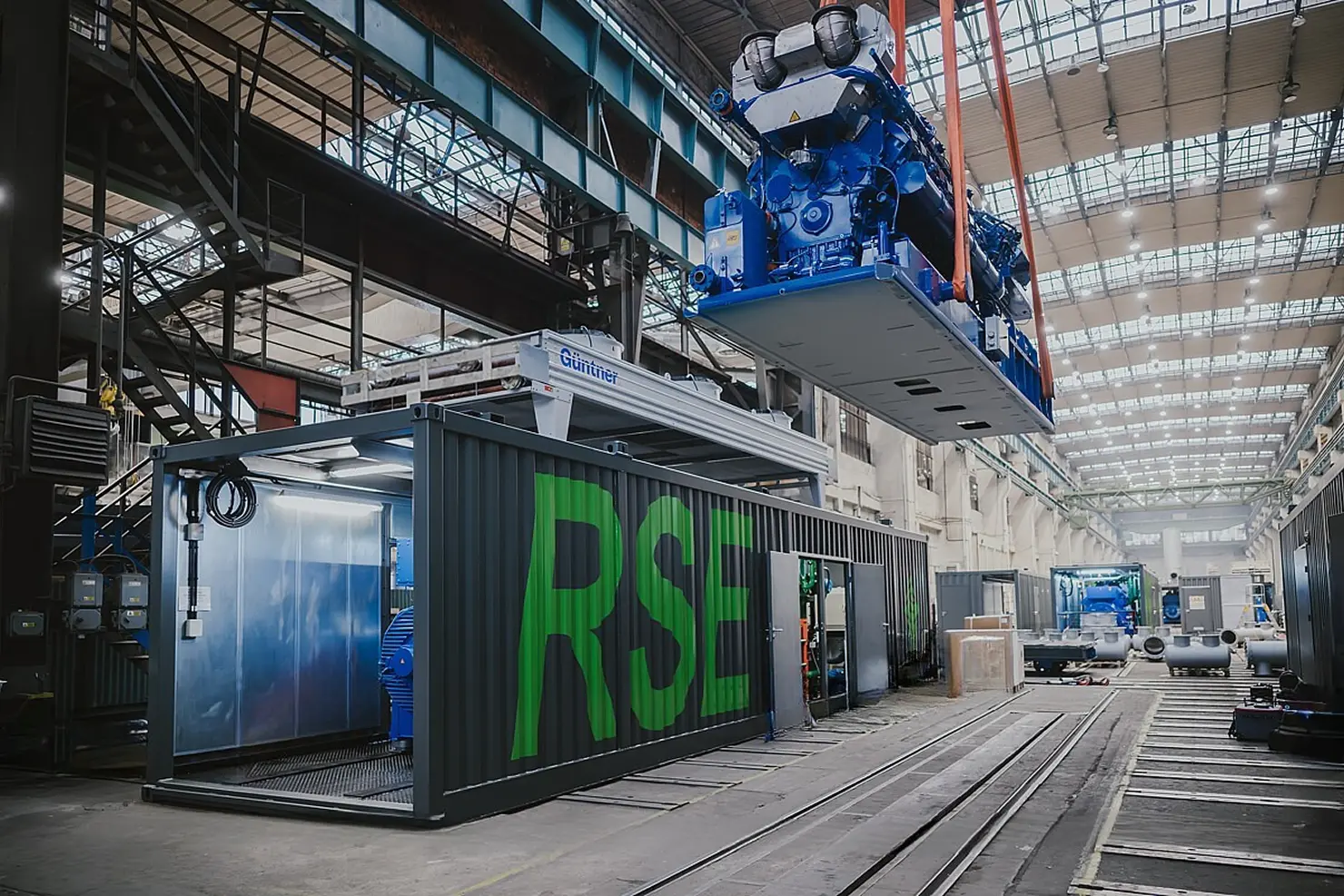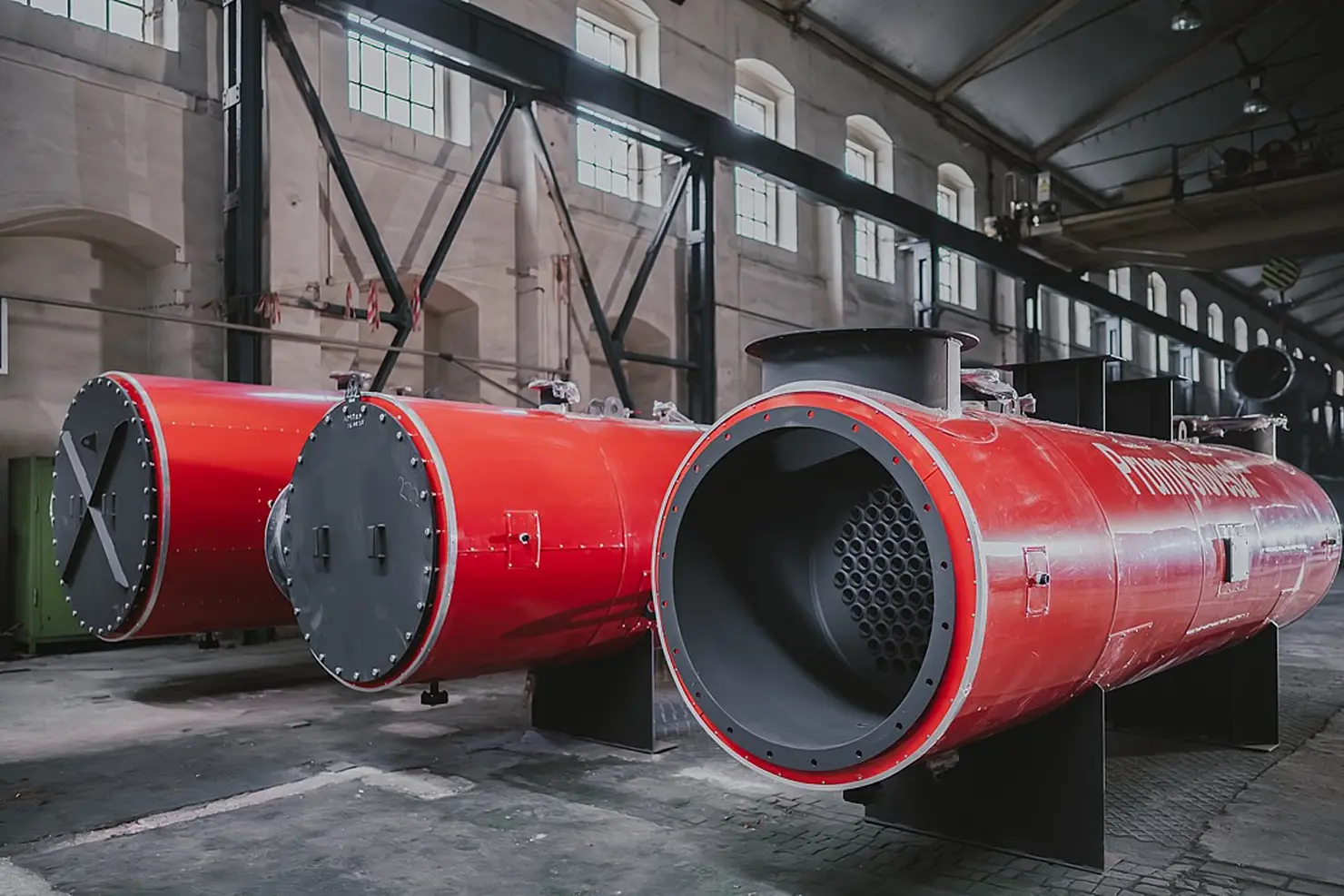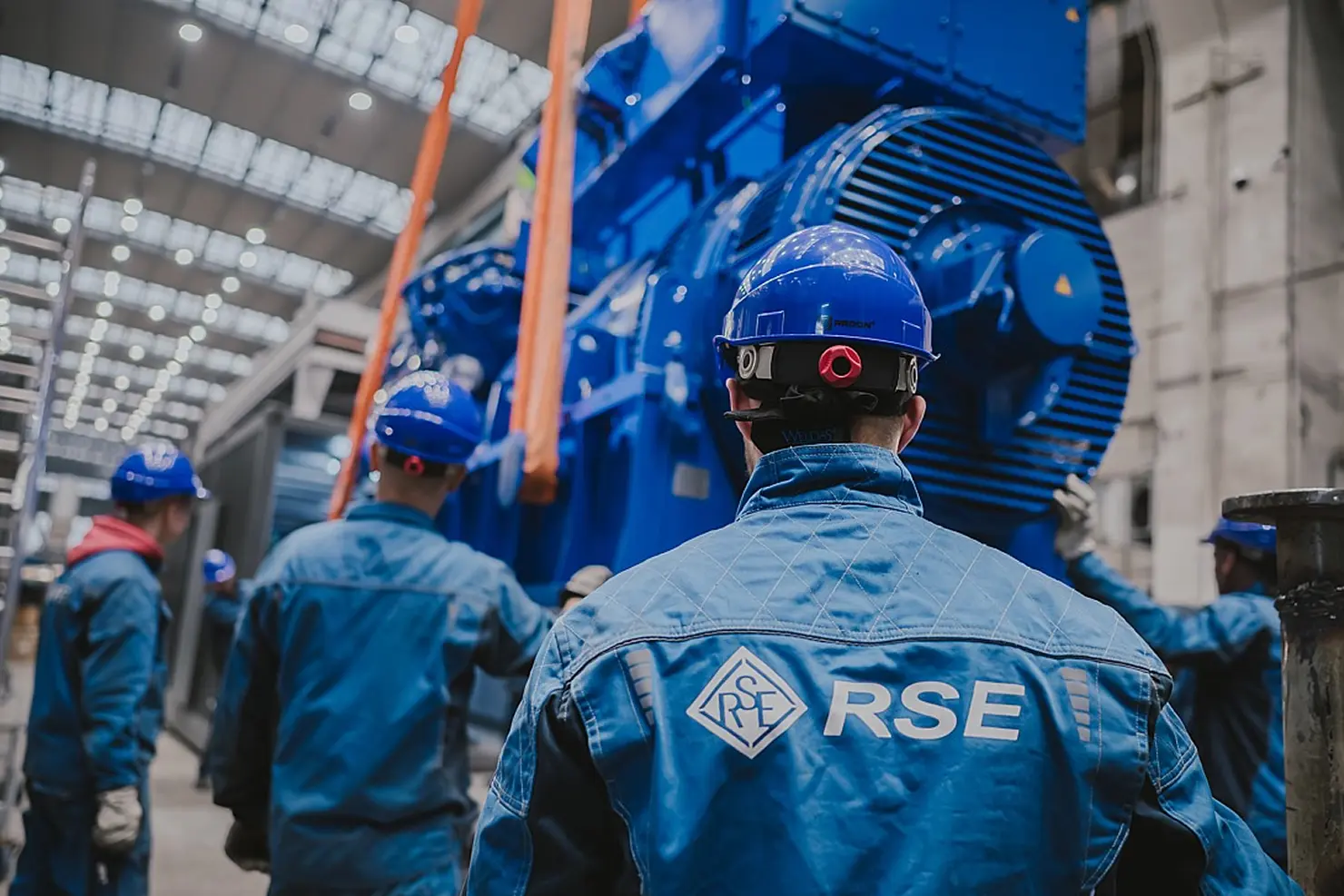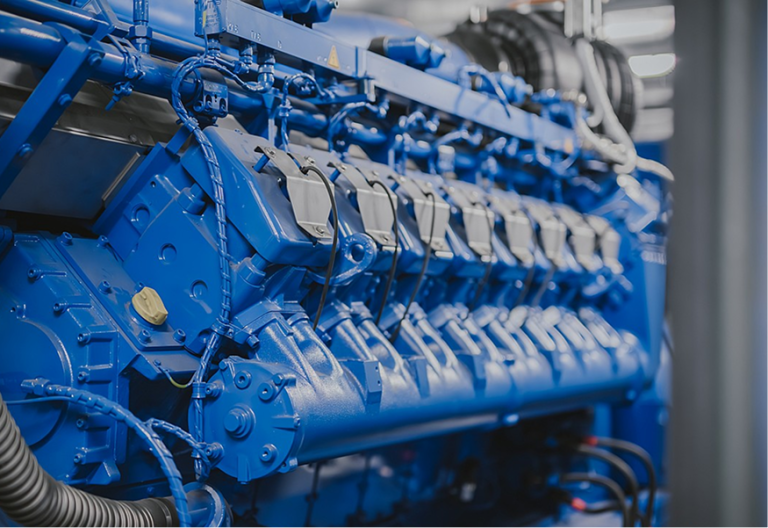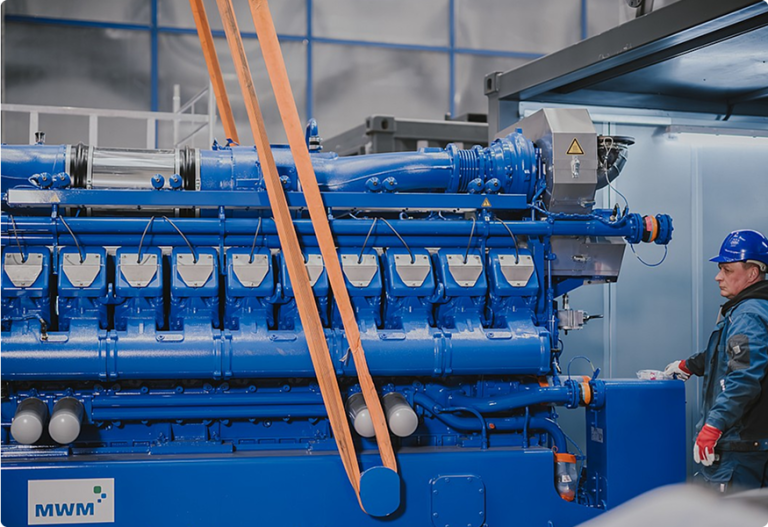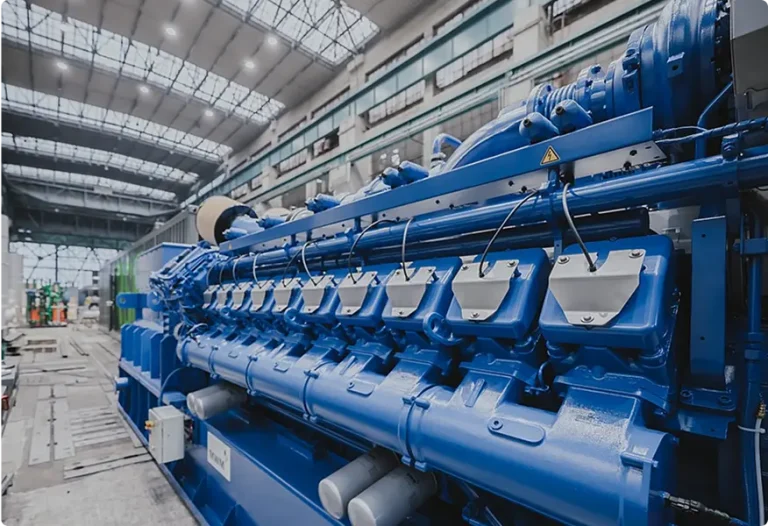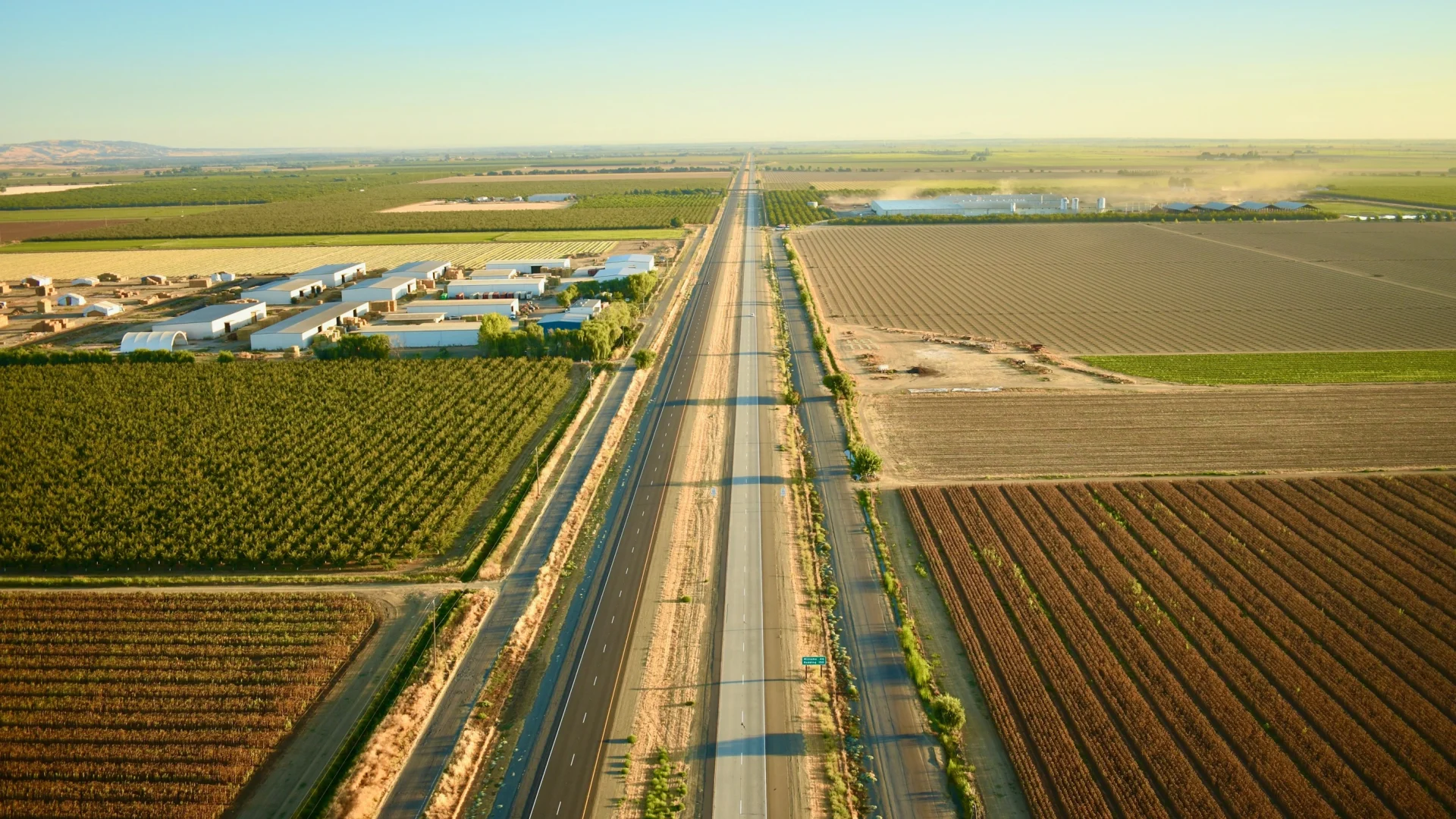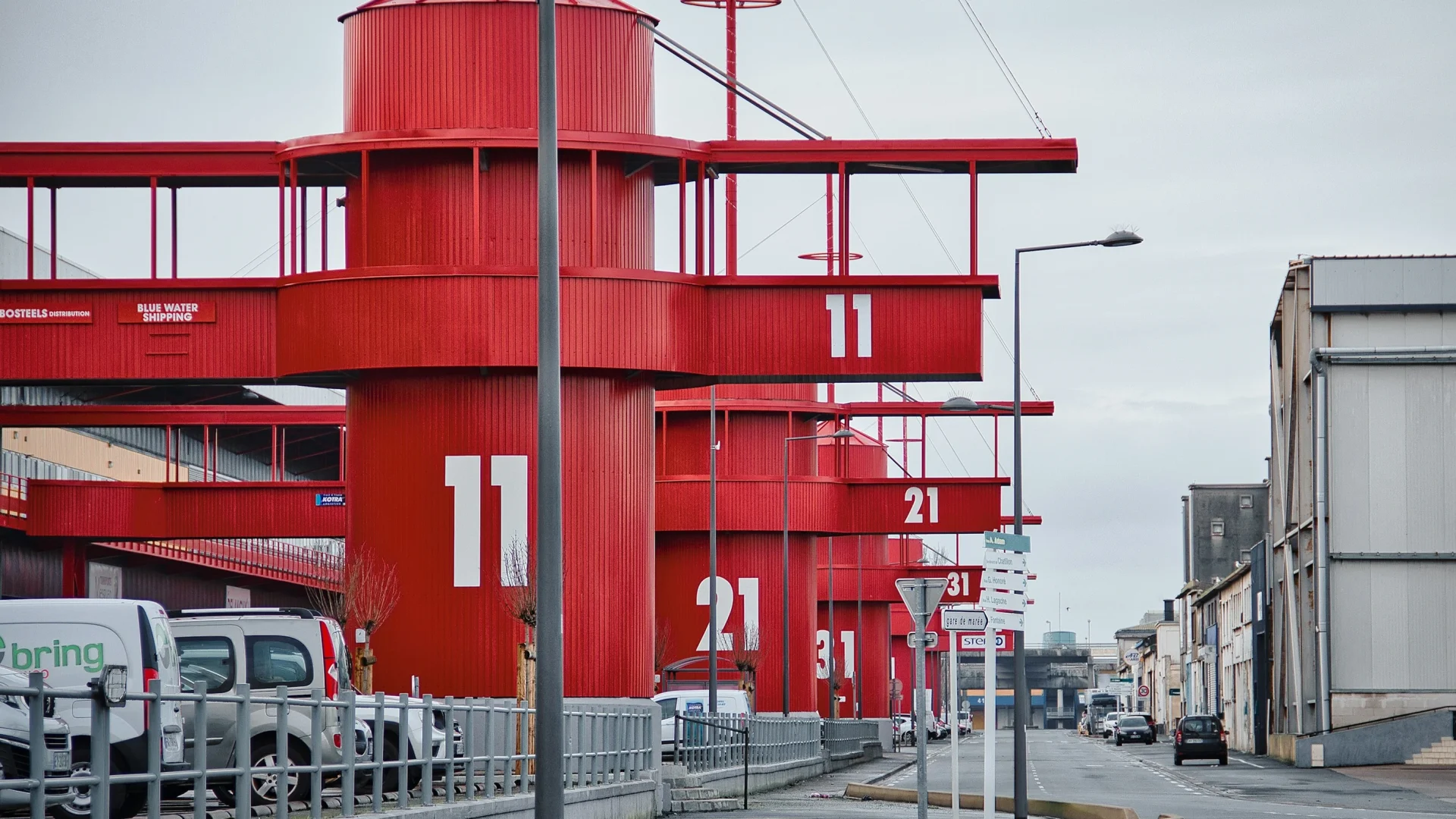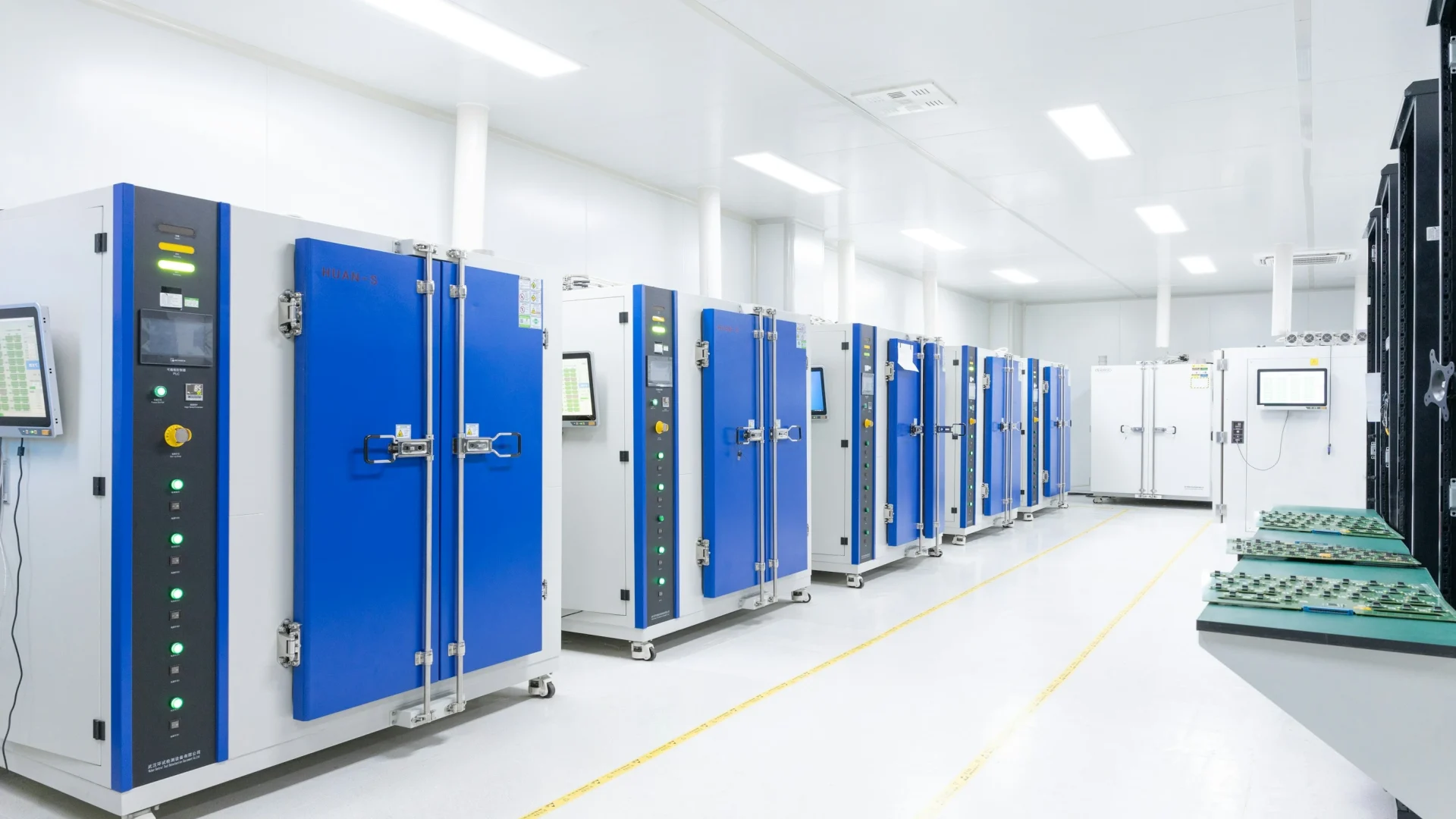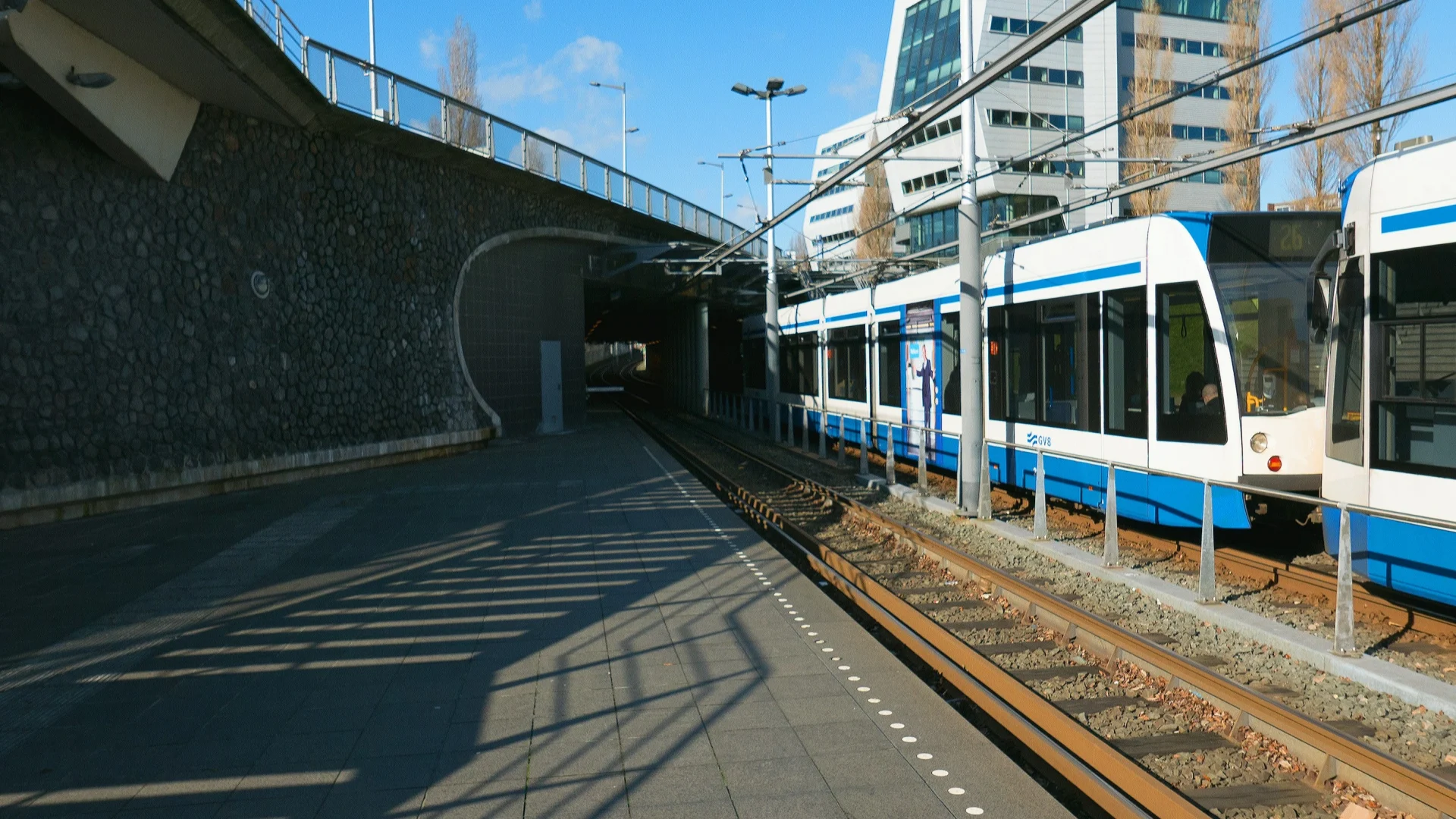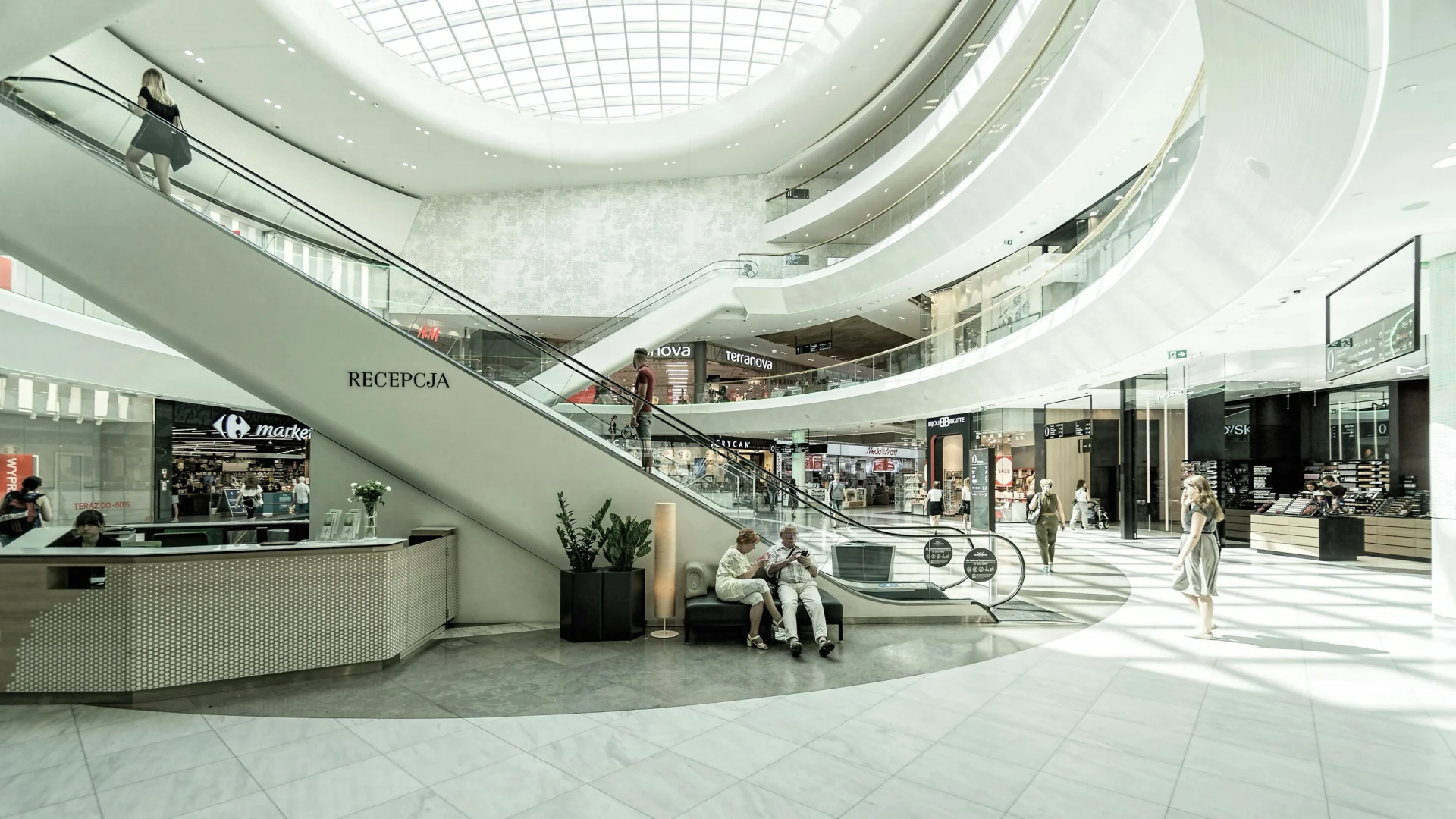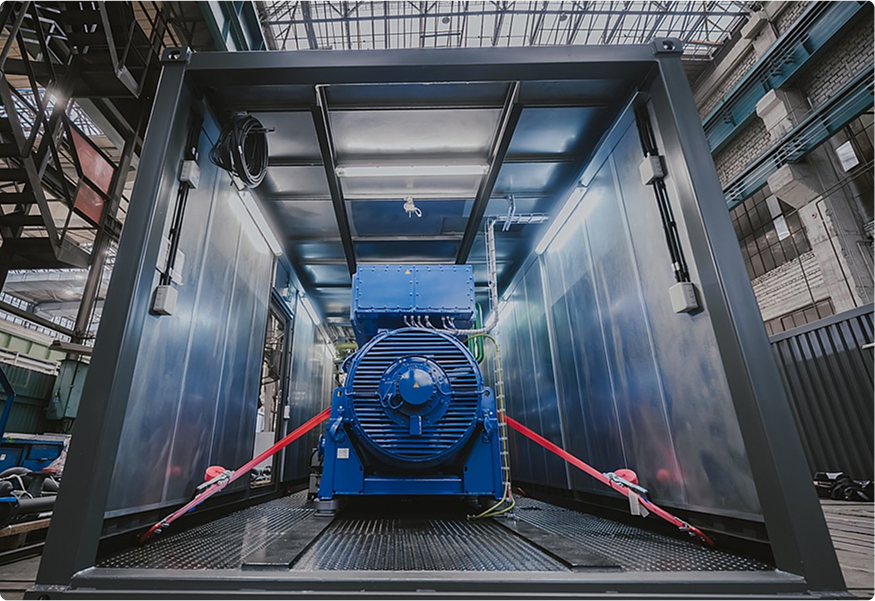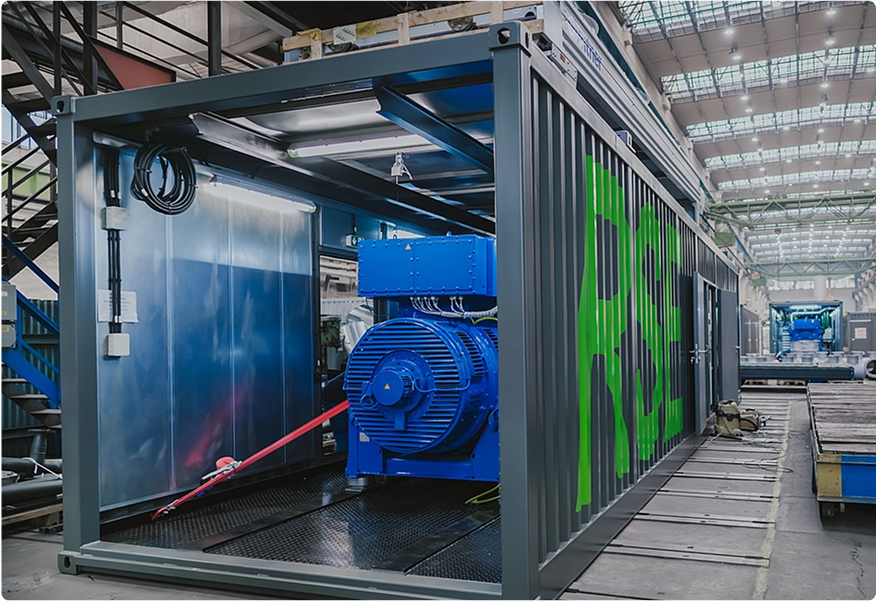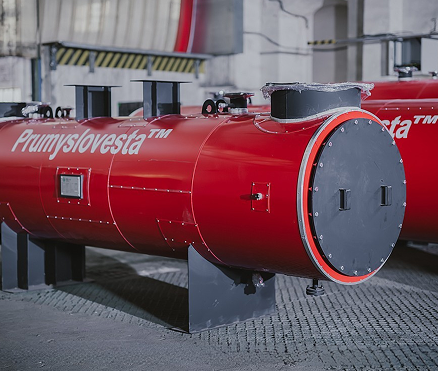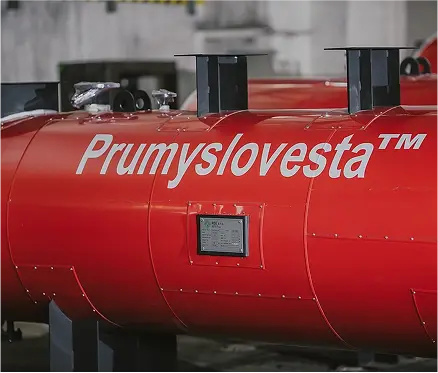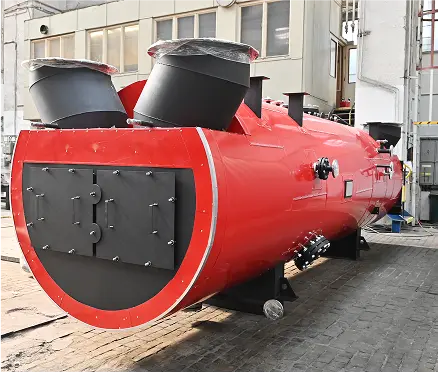Helping businesses transition to low-emission power generation
An industry leader who delivers advanced energy solutions
Integrating modular, flexible, and scalable energy solutions
Implementing high-efficiency CHP systems that reduce energy costs
Ensuring uninterrupted power and heat supply for critical infrastructure
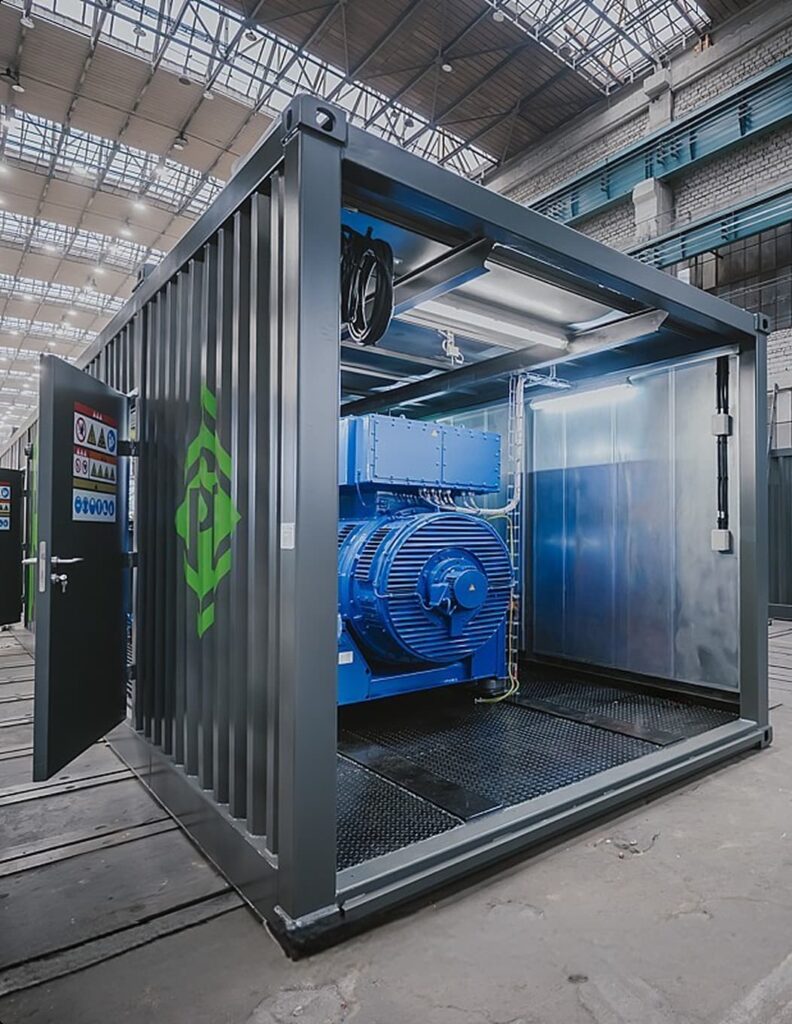
Official Supply & Service partner of the MWM
gas engines producer
OUR STATISTICS
RSE Energy by the numbers
Contact sales300+MW
installed capacity
28+
finished projects
2023
year established
480
fully ready-to-use cogeneration modules
Cogeneration modules
Manufacturing of contenerized CHP units based on MWM gas engines, which ensure continuous work in the production of heat and electricity
Show AllMODEL
We keep you running – service & maintenance solutions
Explore moreSteam and hot water boilers
Production of Exhaust Heat Exchangers to increase the efficiency of CHP units, continues history of the trade mark Prumyslovesta
Show AllHOW IT WORKS?
Cogeneration – The Energy Solution of the Future
Learn moreFuel
combustion
Natural gas, biogas, or other
fuel is used to power a gas
engine or gas turbine.
Electricity
generation
The engine drives a generator that
produces electricity for on-site
use or grid supply.
Heat utilization
Waste heat from the engine, exhaust gases, and cooling system is captured and used for heating, hot water supply, or industrial processes.

